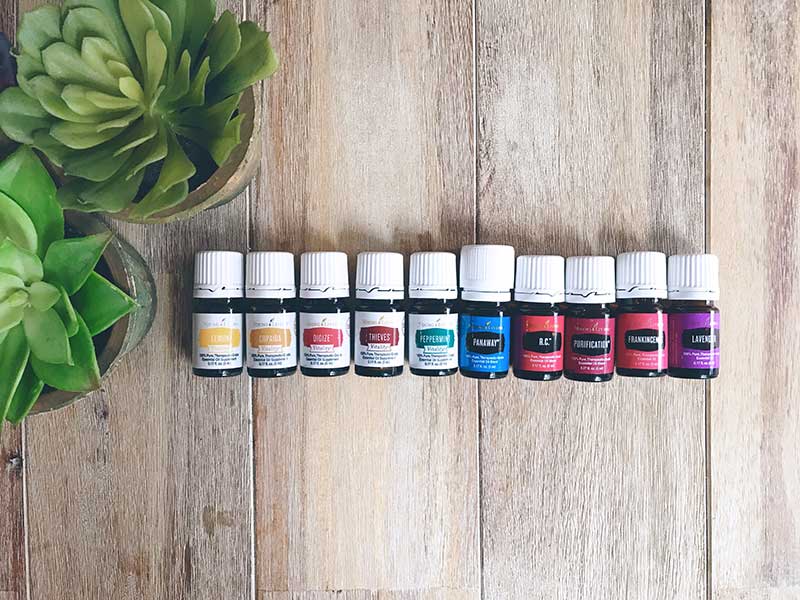What are essential oils?

Essential oils are the lifeblood of the plant. They are essential because without them, the plant would die. Essential oils are distilled from shrubs, flowers, trees, roots, bushes, fruit, rinds, resins and herbs. Blood in the body and essential oils have similar functions.
When you cut yourself, the blood:
- Seals the cut
- Protects the wound
- Provides nutrients and oxygen for cell regeneration
- Guards against harmful micro-organisms

- Seals the cut
- Protects the wound
- Provides nutrients and oxygen for cell regeneration
- Guards against harmful micro-organisms
Essential oils penetrate into our cell membranes and disperse into our blood and tissues. They are one of the few things small enough to cross the blood-brain barrier and can work at a cellular level in your body within 20 minutes. Tests have shown oils reach the heart, liver and thyroid in three seconds when inhaled; they were found in the bloodstream in 26 seconds. On average, each essential oil contains hundreds of constituents. Lavender oil, for example contains approximately 200 different constituents, which makes it so versatile.
We use essential oils for supporting our skeletal system, endocrine system and hormones, emotions, respiratory system, immune system, muscular system and circulatory system. So basically, we pretty much use them for everything.
Not all oils are created equal. The power of an essential oil lies in its chemical compounds and the way they work together. The key to producing therapeutic grade essential oils is to preserve as many of these delicate compounds as possible. The way the oils are distilled, the temperature at which distillation takes place and the care taken during transport of the essential oils are all very important.
